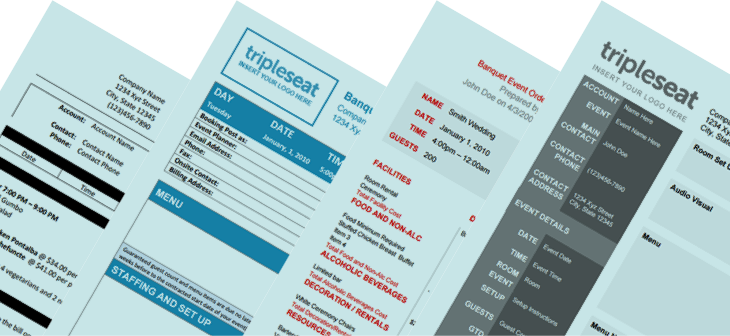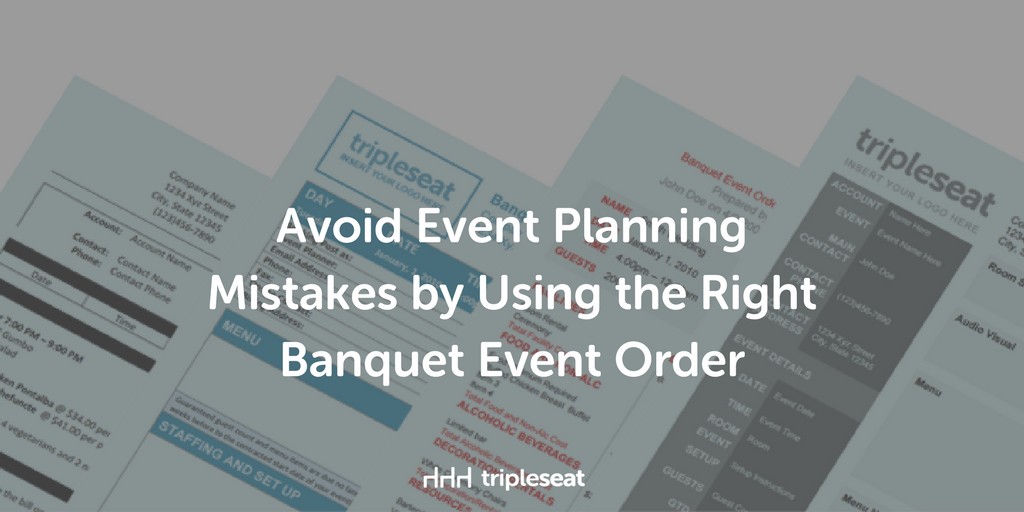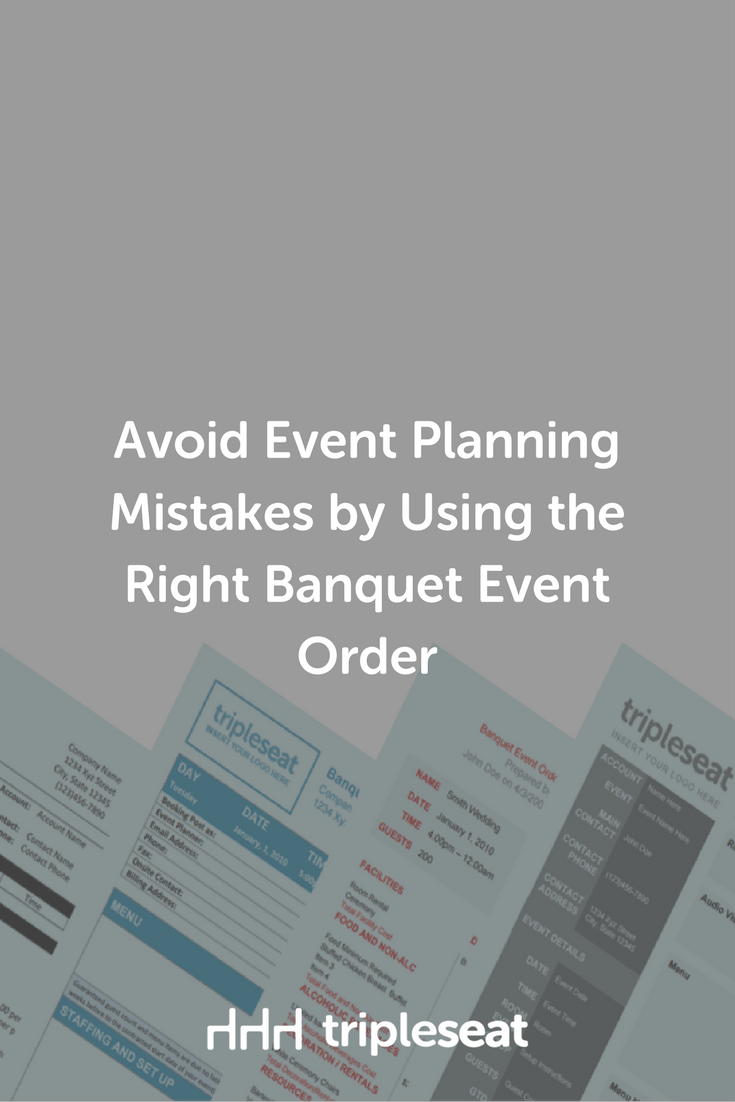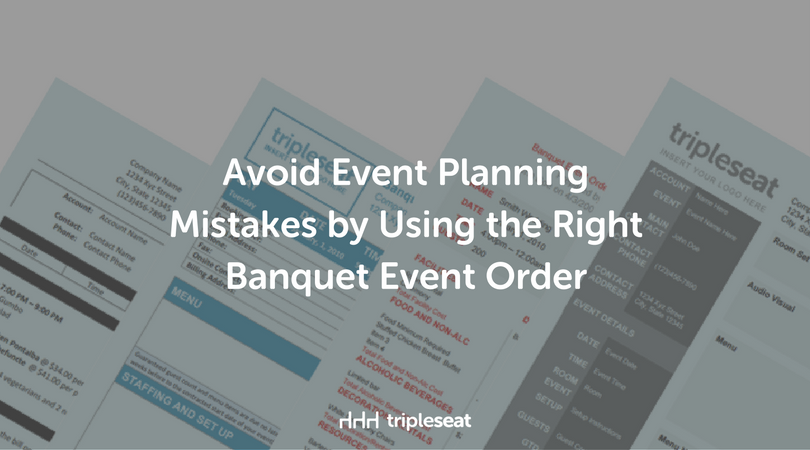Avoid Event Planning Mistakes by Using the Right Banquet Event Order
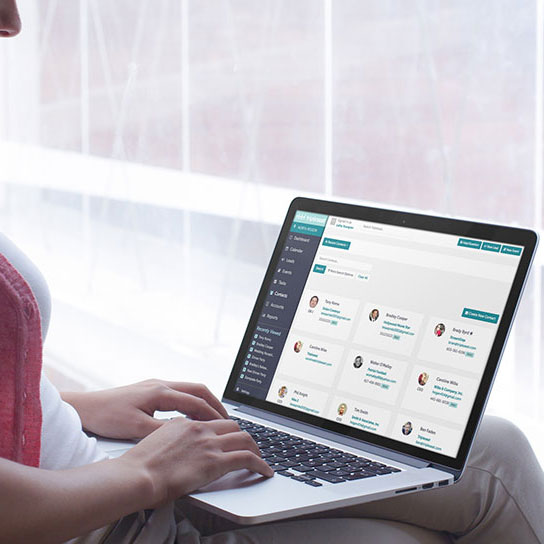
Congratulations! You’ve booked your facility for an event. Now your challenge is to ensure that the event runs smoothly so that you establish another satisfied customer who will sing your praises. The Banquet Event Order (BEO) is the foundation of a successful event. It’s critical that you use one that helps you save time and avoid errors.
The Wrong BEO
Many organizations are still using the wrong BEO and expecting outstanding results. Here are a couple common mistakes you need to avoid.
- Manual BEOs – If you’re completing a form by hand, you have a problem. A paper form is difficult to update and distribute.
- Different BEO formats – If each sales person creates their own BEO, the customer may not care. However, all of your staff members are going to get confused if they need to interpret a variety of forms rather than working with one standardized form.
The Right BEO
You can design the right BEO using event management software when you keep the nature of event planning in mind. The following requirements will lead you to creating the right BEO for your organization.
1. Create a Standardized BEO
Regardless of the type of event, a BEO is always required to manage the event. In addition, the BEO isn’t just a tool for one person in the organization. A number of your staff works with the BEO and that makes a strong case for standardization. For example, if you inundate your kitchen staff with BEO forms that show critical information in different places, or if a sales person forgets to include a critical piece of information, you’re asking for trouble.
First, the kitchen staff will waste time trying to find the information they need, interpreting less than stellar handwriting, and tracking down information that could have easily been supplied to them initially.
Second, with all the written notes and rounds of discussion, it’s almost inevitable that errors will creep into the event-planning process.
2. Create a Flexible BEO
While you want a standardized form, a BEO isn’t a one-size-fits-all type of document. Make sure that you can customize your BEO for your organization and your needs.
3. Transfer Information to the BEO Automatically
By the time you’re ready to create a BEO, several event-related documents are already in place, including proposals, bookings and contracts. Transferring information from those documents to the BEO using copy and paste, or by adding it to the BEO manually, is a waste of time. That manual transfer of information opens the door to human error, and can make your BEO less than completely accurate.
4. Create a BEO That Is Easy to Update
The very nature of planning an event means that things will change. The number of attendees may fluctuate until right before the deadline. The customer may revise the menu, for instance, or make a special request. If it takes a long time to make changes to a BEO, you’ll waste time and open the door to errors.
5. Create a BEO That Is Easy to Distribute
Every time the BEO changes, there are a number of people who will need an updated version of the BEO in their hands as quickly as possible. Make sure you can distribute updated BEOs to members of your staff and your customers with very little effort.
Creating the Right BEO Is Worth the Effort
You can create the right BEO with little effort if you use event management software like Tripleseat’s restaurant software solutions. In fact, using a cloud-based event management system will help you increase bookings and streamline your planning process.
If you prefer to do things the old-fashioned way, though, take advantage of our free BEO templates. We’re here to help!
